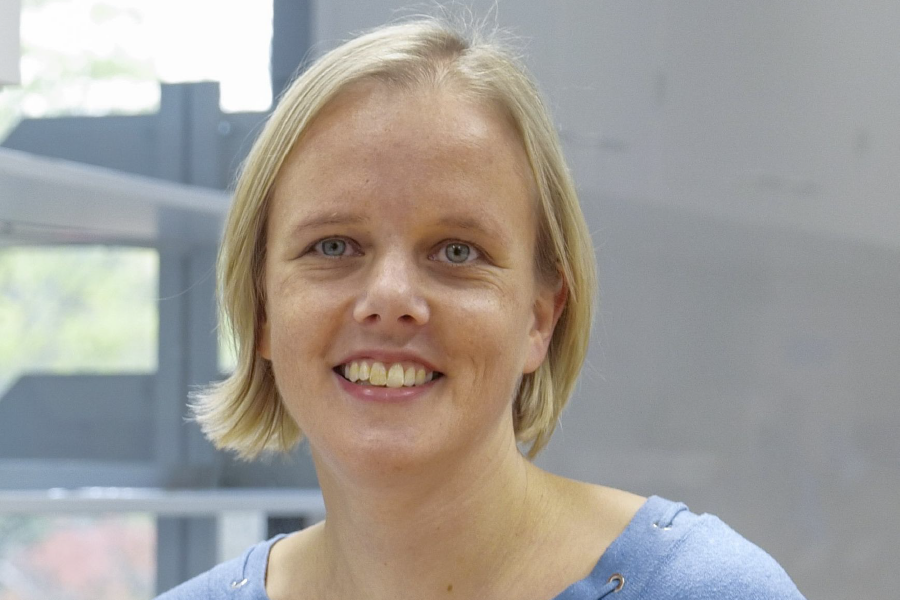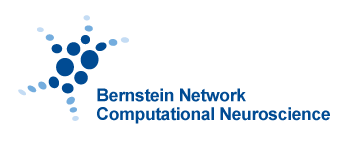The NeuroDevFunc project: Discovering how fruit flies process visual motion generated by self-movement
Researchers at the Faculty of Biology at Mainz University and their French partners receive financing from ANR and DFG for joint projects

Prof. Dr. Marion Silies, Photo: Stefan F. Sämmer
Bernstein members involved: Marion Silies
Our eyes are constantly busy with processing information on movement. We perceive movement not only when an object is in motion, such as when someone kicks a ball towards us, but also when we ourselves run across a soccer field and our surroundings appear to move relative to us. This is basically the same for the fruit fly Drosophila melanogaster, which can both fly and walk. The information gathered by the fly’s eyes needs to be transmitted rapidly to the nervous system to enable the observer to avoid obstacles. T4 and T5 cells are involved here. They are located just a few cell layers below the photoreceptors and detect the direction of movements. Professor Marion Silies of JGU has been investigating how these cells process motion information for several years. “There have been many studies to date that used anatomical, genetic, and functional approaches to discover how this happens. All have come to the conclusion that there are four types of direction-selective cells in the eyes of fruit flies – one each for upward and downward motion, and one each for motion left and right,” explained Silies. “However, in a preliminary study in which we examined the whole population of these T4/T5 cells, we were able to demonstrate that, in fact, there are six different types of these neurons. These do not simply encode, as has been assumed, invariable movement directions but together capture the global motion patterns that are generated by the movements of the flies themselves. These results represent a radical shift in the way that the neurobiology of visual motion processing is working.”
Dr. Bassem Hassan working at the Institut du Cerveau in Paris has reported complementary findings. The biologist was studying the division pattern of neuronal stem cells and discovered that more than four motion-sensitive neurons were generated during development, thus also contradicting the then prevailing view of the scientific community. “Our results correlate so closely that we intend to combine developmental biology with our investigations of the functional aspects,” said Silies. The Franco-German team plans to investigate various topics, one of which will involve establishing how the development and functioning of these cells are linked. In addition, they will be looking at how the subtypes of these direction-selective cells generate various types of behavior. This cross-border research project is to be financed through the ANR-DFG program for three years.




